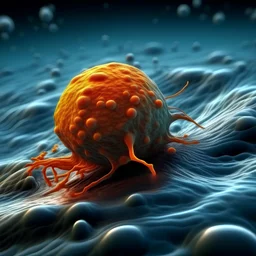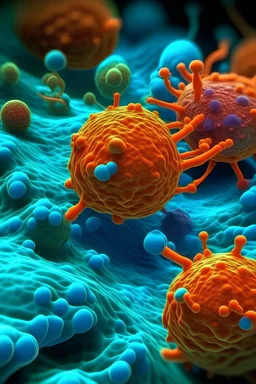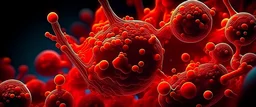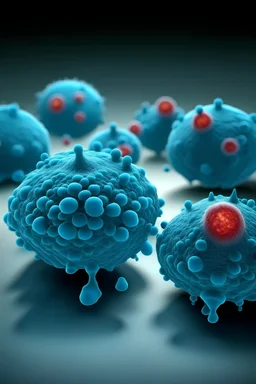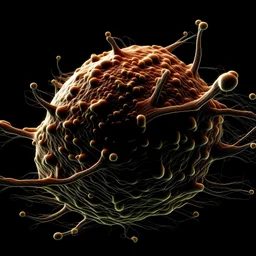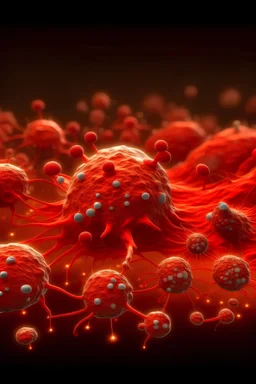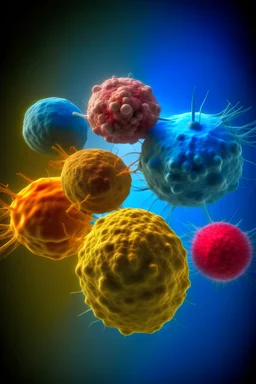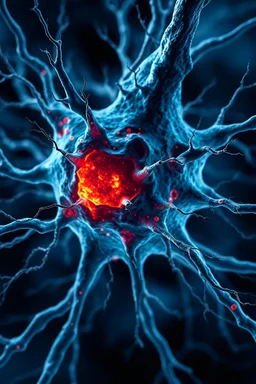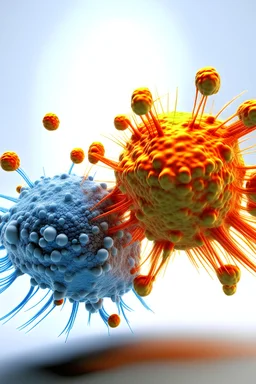
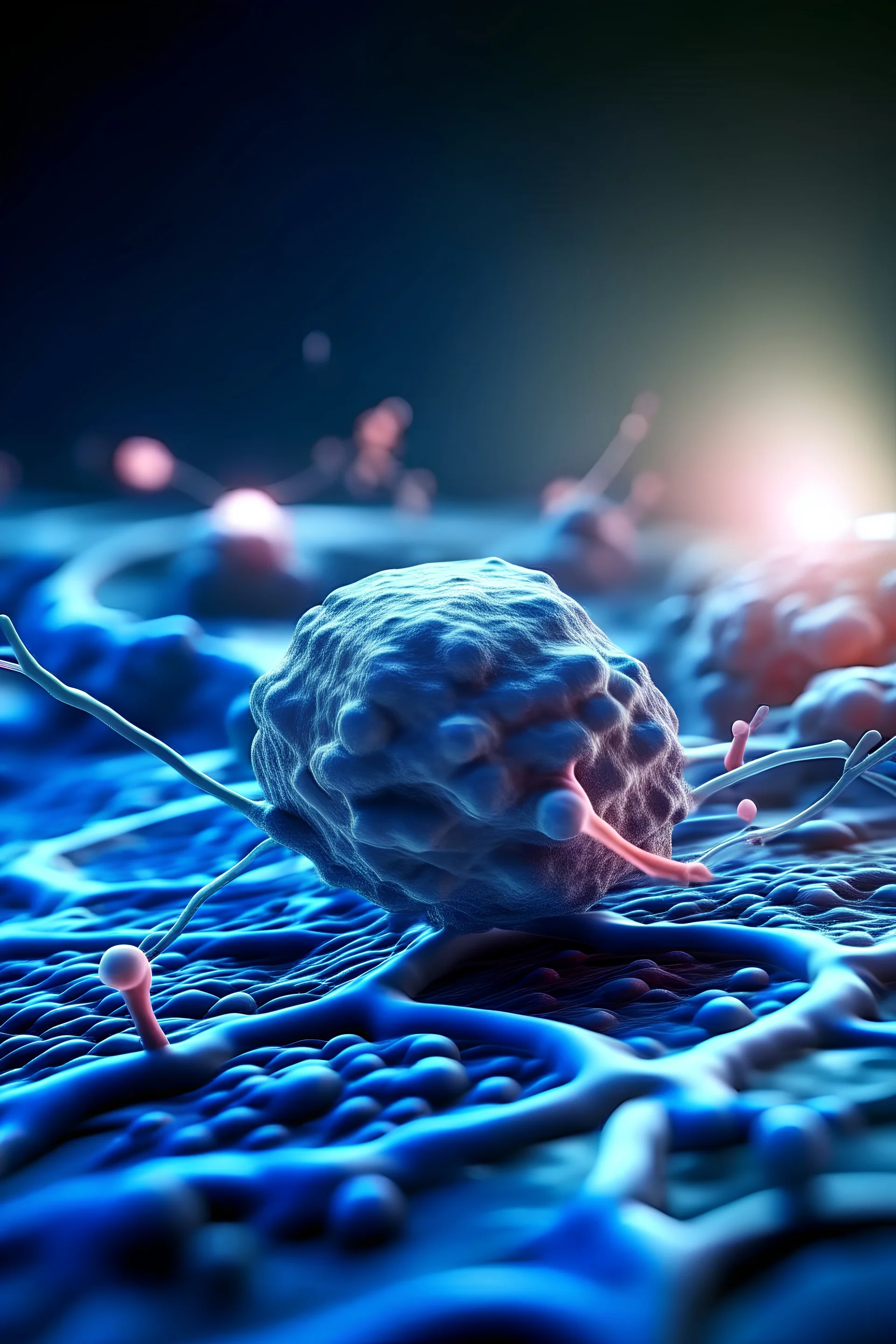
@soo
Prompt
Cancer immunotherapy has demonstrated significant potential as a cancer treatment by enhancing the immune system's ability to recognize and eliminate cancer cells. However, its efficacy can be limited by factors such as tumor heterogeneity, immunosuppressive tumor microenvironments, and systemic toxicities. Recent advances in drug delivery systems have facilitated the development of more targeted and personalized cancer therapies. Microneedles have emerged as a promising platform for non-invasiv
2 years ago
Model
Kandinsky 2.2
Guidance Scale
7
Dimensions
3328 × 4992
